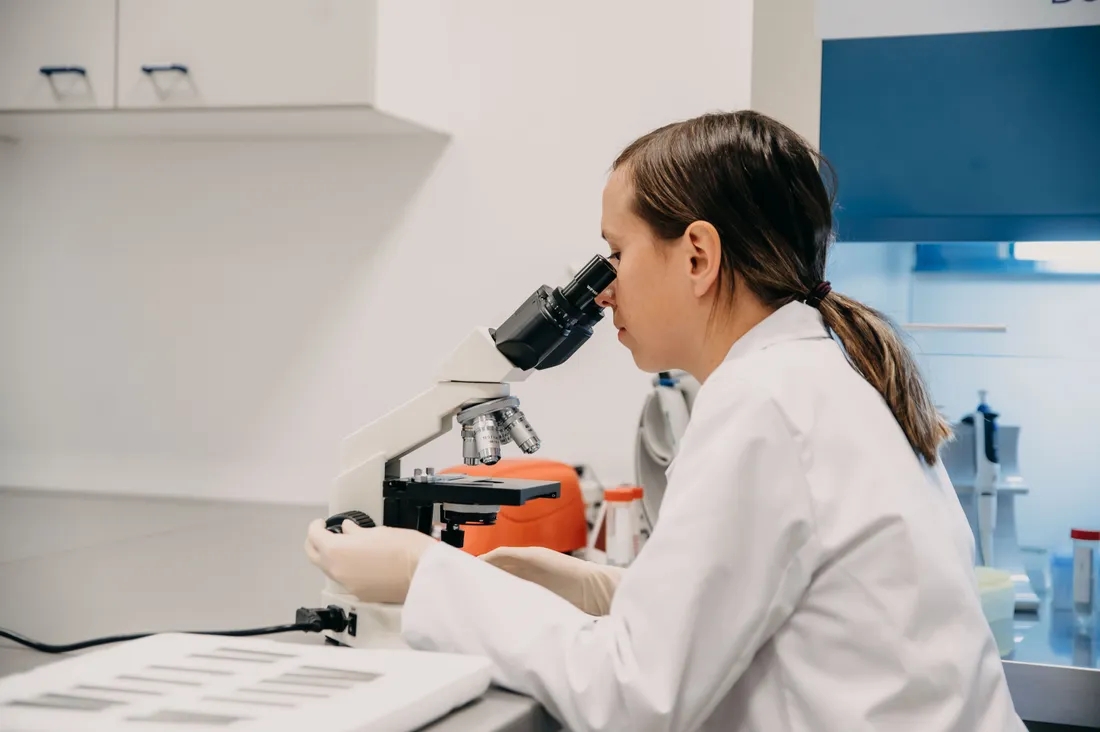
Case Study: Forensic Microbiological Investigation of a Bottled Drinking Water Filling Line
Contamination Control & Prevention
The Challenge
A bottled drinking water manufacturer faced recurring consumer complaints about an unpleasant odor upon opening certain bottles. Although the water met standard microbiological criteria, the odor was strong enough to impact perceived product quality and cause customer dissatisfaction.
Our Approach
To identify and resolve the issue, we conducted a comprehensive forensic microbiological investigation of the entire filling line—from the water source to the final bottled product. Key steps included:
- Facility Inspection and Systematic Sampling: Samples were taken at multiple points along the filling system, including the water source, intermediate technological stages, and the final bottled water.
- Identification of Critical Control Points: Initial microbiological analyses pinpointed areas requiring in-depth examination. Follow-up sampling was performed at various times to monitor microbial contamination dynamics.
- Isolation and Identification of Microorganisms: Microbes isolated from all samples were identified and mapped. We created a detailed microbiological profile of the filling line, including concentrations of individual microbial species by location.
- Odor Reconstruction: In laboratory conditions, we combined microbial isolates to reproduce the same unpleasant odor found in the affected bottles. This confirmed a causal link between the detected microorganisms and the odor problem.
The Solution
Our investigation revealed the presence of two distinct microbial cultures that acted metabolically complementary in the water environment. One culture produced metabolites from system components, which the second culture transformed into compounds responsible for the unpleasant odor.
Using an analytical approach, we traced the contamination source and pinpointed the location within the filling line where microbial growth occurred. Our report included recommendations for resolving the issue, such as:
- Revisions to sanitation protocols
- Regular microbiological monitoring of critical points
- Technical improvements to the filling system
After implementing these measures, the unpleasant odor in bottles was eliminated, demonstrating the effectiveness of the forensic investigation and corrective actions.
If your production faces similar microbial contamination challenges, feel free to contact us for expert assistance and tailored solutions.